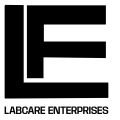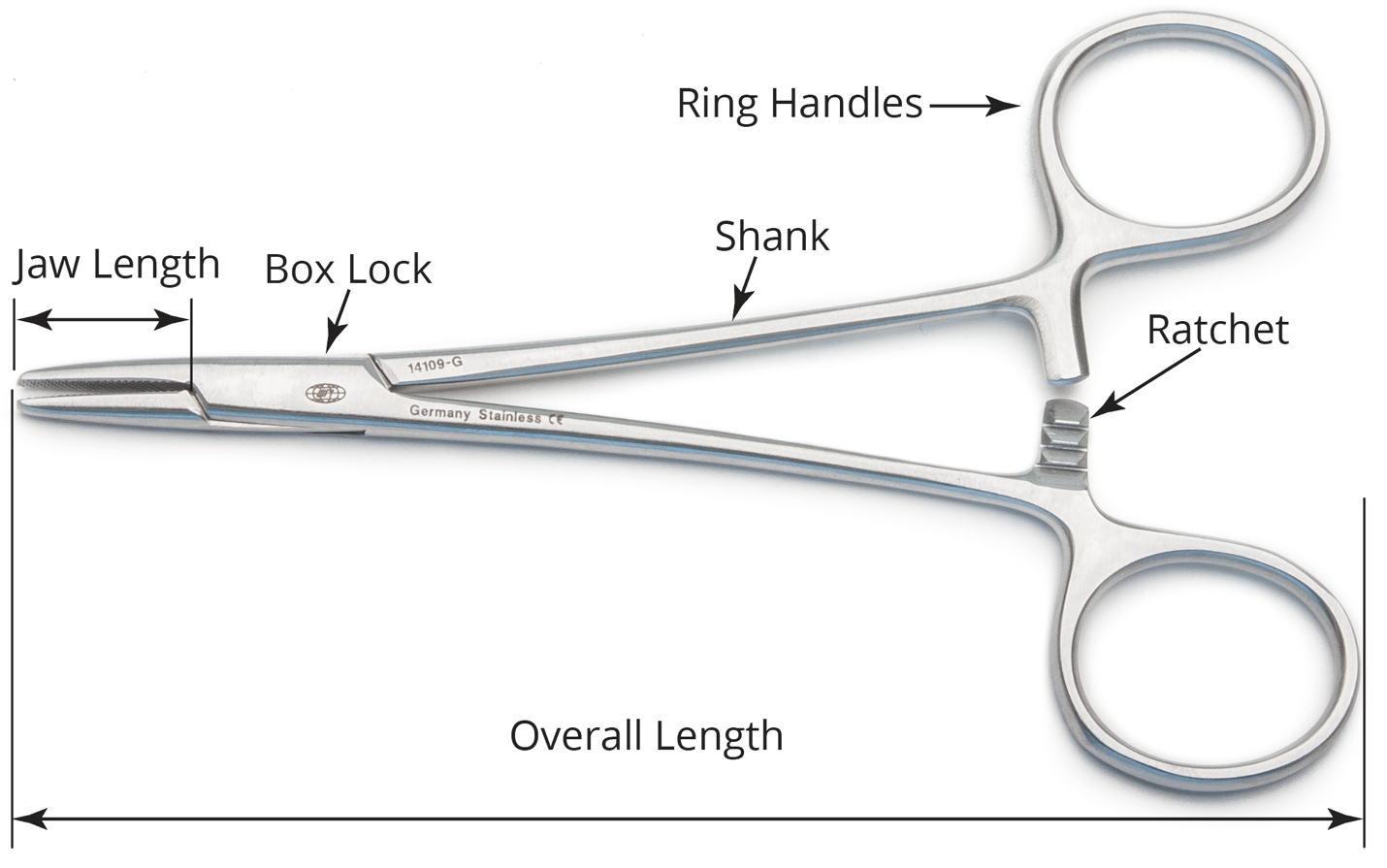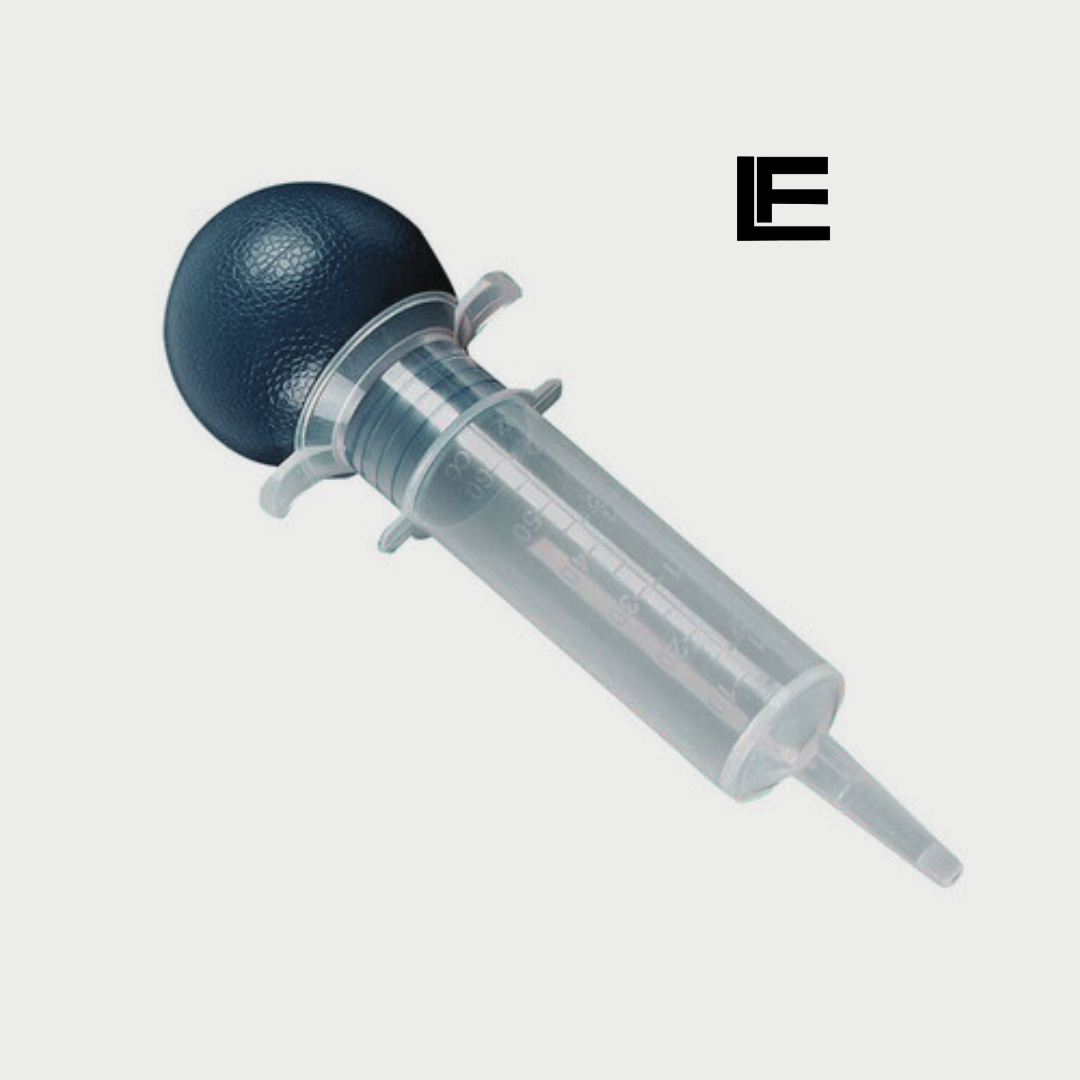
Overview
An essential tool for diagnosing tuberculosis (TB) and other medical procedures that call for the accurate injection of tiny amounts of medication is a tuberculin syringe. It is essential to TB skin testing, commonly referred to as the Mantoux test, which finds latent or active TB infections. In order to assist you comprehend why a tuberculin syringe is essential in medical settings, we will go into great detail in this article about its significance, parts, applications, and correct usage.
A Tuberculin Syringe: What Is It?
A small, calibrated syringe made especially for injecting or giving tiny volumes of liquid—often as part of a skin test or vaccination—is known as a tuberculin syringe. To enable medical professionals to provide precise doses, usually between 0.1 and 1 milliliters, the syringe is frequently marked with exact measurements.
The tuberculin syringe is not only used for TB testing, despite its name implying a link to the disease. It can also be used for a number of other applications that call for tiny injections or tests, like allergy testing or vaccination injections.
A Tuberculin Syringe’s Components
The parts of a standard tuberculin syringe are as follows:
The major component of the syringe that contains the liquid drug or material being injected is called the syringe barrel. commonly constructed of plastic, it has marks for measuring capacity, commonly in milliliters (mL).
- Plunger: The plunger is a cylindrical part that slides into the barrel of the syringe. The liquid is drawn in and ejected using it. It is also employed to carefully regulate the injection’s volume.
- Needle: To reduce discomfort during administration, tuberculin syringes often have a thin, tiny needle. The needle is intended for intradermal or subcutaneous injections, which are frequently used for allergy and tuberculosis testing.
- The connector where the needle is joined at the end of the syringe is called the Luer Lock or Slip Tip. The needle won’t come loose while in use thanks to the Luer Lock design, which guarantees a solid attachment.
Applications for a Tuberculin Syringe
The Mantoux test, a diagnostic procedure for tuberculosis, is the main application for a tuberculin syringe. Purified protein derivative (PPD), the test ingredient, is administered precisely with the help of the tuberculin syringe. It is administered intradermally, right beneath the skin.
A tuberculin syringe can be used for the following primary purposes:
The most popular application for the TB syringe is the TB Skin Test (Mantoux Test). If a person has been exposed to the TB bacteria, the test helps identify it. Within 48 to 72 hours of injecting the pure protein derivative (PPD) into the skin, the medical professional will evaluate the response. The probability of TB infection is indicated by the size of the elevated area.
- Allergy Testing: To check for reactions, tiny amounts of allergens are injected beneath the skin in certain allergy tests. For this, a tiny, regulated dosage of allergens is precisely administered using a tuberculin syringe.
- Vaccination: The tuberculin syringe is occasionally used for the administration of specific vaccines that call for tiny amounts of liquid, while it is not frequently utilized for all immunizations.
- Additional Medical Injections: The tuberculin syringe’s tiny fluid capacity and thin needle make it appropriate for additional intradermal or subcutaneous injections where a regulated dosage is needed.
How to Use a Syringe for Tuberculin
To guarantee proper delivery of the test chemical or treatment, using a TB syringe calls for dexterity and experience. The following procedures must be followed when using a TB syringe correctly, especially when doing a TB skin test:
- Get the syringe ready: Select the appropriate TB syringe size, which is typically 1 mL. Make sure there are no air bubbles when you draw the pure protein derivative (PPD) into the syringe. Verify the dosage to make sure it is accurate.
- Determine the Injection Site: The Mantoux test is usually administered intradermally, just beneath the skin, on the forearm. Use an antiseptic wipe to clean the area, then let it dry.
- To inject the substance, hold the syringe like a pencil and make sure the needle is angled toward the skin by 10 to 15 degrees. Make a little lump (or wheal) on the skin’s surface by gently injecting the PPD slightly beneath it. Don’t go too far with the needle.
- Syringe disposal: To prevent contamination or needlestick injuries, dispose of the syringe appropriately in a designated, secure sharps receptacle after the injection.
Advantages of Tuberculin Syringe Use
- Accuracy: The TB syringe is designed to deliver precise, small doses, which is necessary for TB skin tests and other medical treatments.
- Safety: During procedures like TB testing, where multiple doses may be needed, the tiny needle of a tuberculin syringe reduces injection pain and discomfort.
- Versatility: The TB syringe is a useful instrument in healthcare settings because, although it is mostly used for tuberculosis testing, it can be used for other medicinal applications.
- Usability: Tuberculin syringes are simple to use and have distinct markings for accurate measurement, which is crucial for sensitive diagnostic procedures like the Mantoux test.
Conclusion
A tuberculin syringe is a small but essential tool in healthcare, primarily used for TB testing and precise medical injections. Its accuracy, ease of use, and safety make it invaluable in diagnosis and treatment. Proper handling and disposal ensure safe usage, helping healthcare professionals provide effective care.





